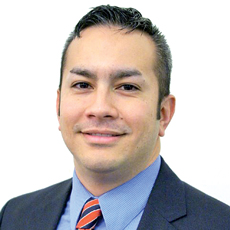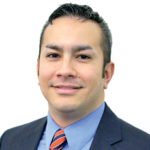
The future of healthcare and health insurance gets top billing from mass media as the primary crisis we need to contend with and resolve, especially in the U.S. But there is another epidemic looming that will affect the health and welfare of anyone in need of care in the next several decades.
Census data shows that the supply of family caregivers is not expected to keep pace with demand in the future. These dynamics have contributed to the rise of a multi-billion dollar non-medical home care industry. In-home non-medical services can include everything from assistance with dressing, toileting, bathing and grooming, to help with housekeeping, meal preparation, grocery shopping, laundry, transportation, and in some cases medication monitoring.
Home care services play a vital role in helping seniors and the disabled to live safely at home for longer stretches of time and helps curb the need for institutional care as well. Plus, an increasing number of states have imposed policies to limit nursing home stays paid for by Medicaid, with Medicare and managed care insurances also trimming coverage.
Despite some of the cuts for nursing care coverage, it doesn’t necessarily equate to more funding for community based services like home care. Nonetheless, these factors combined with the natural desire to age in place in one’s own home and the baby boom explains the explosion of in-home care providers.
The number of family caregivers is predicted to be outpaced by those needing care. There are 10,000 baby boomers turning 65 every day, topping out around 76 million in 2029. This will provide tons of job opportunities. Over the next 10 years, personal care aide jobs will be one of fastest growing occupations, with a growth rate of 26% compared to the average growth of most occupations of 7%. While the job opportunities will be plentiful, the actual number of available caregivers will fall short, resulting in extremely pricey care and likely a major caregiver gap. Despite a viable business built on demand, the lack of hands on caregivers may handcuff care providers from hiring sufficient staff.
This emerging problem has no simple fix. The caregiver-to-recipient gap will be worse for the first half of the baby boom for those born between 1946 to the mid-1950s and will steadily get better for those born after 1955.
Another challenge with paid caregiving is low wages. The healthcare industry drives fairly low compensation for what is a very physically and emotionally demanding occupation. Much of the care includes lifting and transferring clients as well bathing and dressing them. This can take a physical toll.
The emotional strain also makes it tough. Although these jobs require minimal training and no formal education is required, this strenuous and sometimes unforgiving work deserves better pay. In a society where corporate executives and professional athletes are paid millions, the disparity in wages to people working in human services is distressing and woefully unbalanced. I believe better pay can help narrow the caregiver gap.
Our society needs to reimagine and rethink how we care for others. Over the last decade we have seen this happen. One area of opportunity is with technology, where it can be utilized to complement the care either by family or hired professionals. Emergency monitoring call systems, “nanny cams,” Skype/Facetime, telemedicine and other technology-based products and services are giving family and professional caregivers an extra set of eyes and ears to aide those they care for. At the same time, we need to quell and resolve fears of hacking, invasion of privacy and the general aversion to tech that some older people have.
Another key is re-evaluating retirement funds. Retirement readiness needs to shift to a higher percentage being set aside for care and health related costs, especially as healthcare costs continue to rise and insurance coverage recedes. Retirees look to earmark funds for leisure and goods. We need to have healthier balance to help cover the cost of care.
Finally, we need to address wage disparity. Home care aides earn a median wage of $10 an hour. Spend a day with a home care worker, and you’ll see their value far exceeds this wage. Legislation and the healthcare industry could make this better especially as we try to deinstitutionalize care, but a culture shift in our thinking and expectations must spur these changes.
Matthew J. Gallardo, BASW, CCP, is the Director of Community Engagement and Coaching at Messiah Lifeways.




